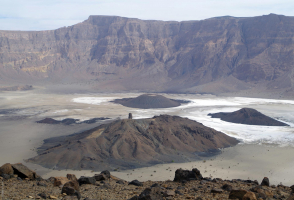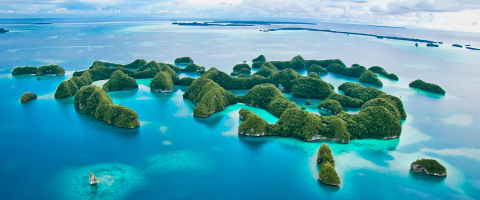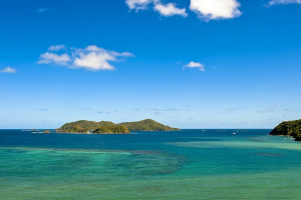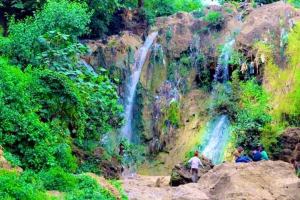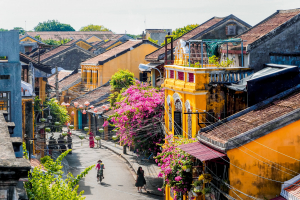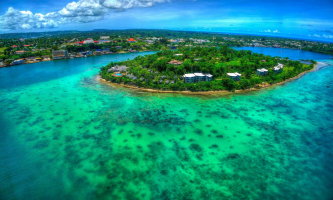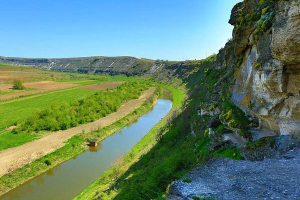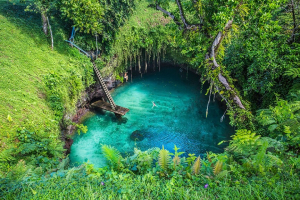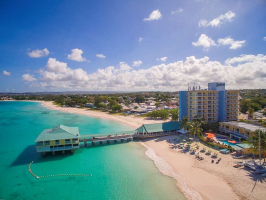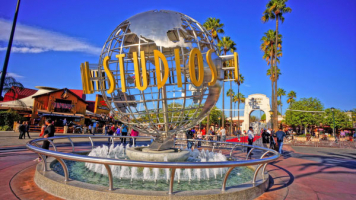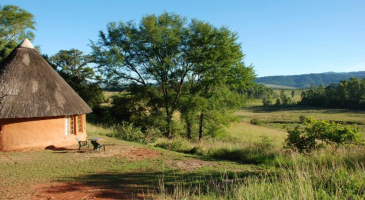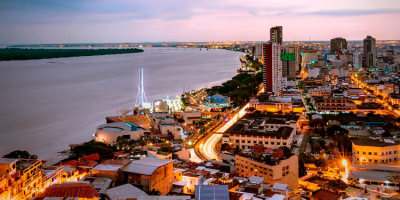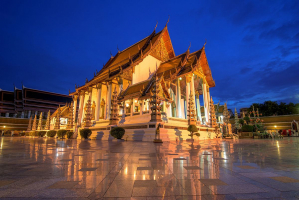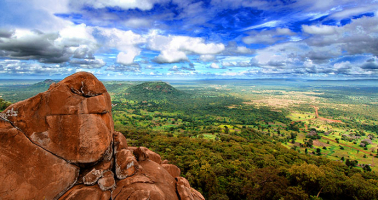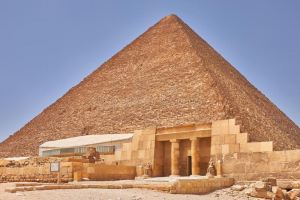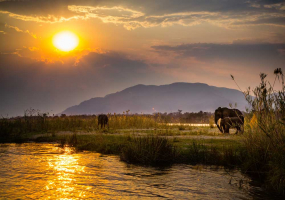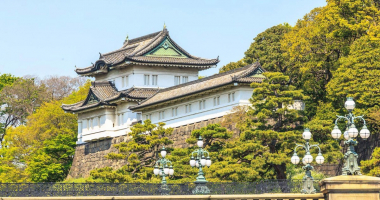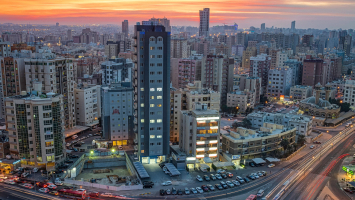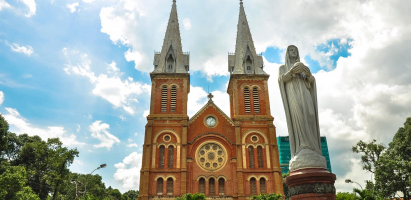Top 7 Best Tourist Attractions in Mauritania
The deserts of West Africa are largely romanticized in the tales of discoverers of the past. It is a place that attracts and draws travellers, and yet the vast ... read more...and harsh terrain is also sometimes feared. Here in this region the country of Mauritania is located. It is filled with history and delights to satisfy all the senses. The beautiful rich orange landscape of the desert which covers most of the country is contrasted with the hustle and bustle of Nouakchott, the capital. And between the two are a vast array of different experiences to encounter and sights to behold. Read on for 7 places to visit and things to do in Mauritania.
-
Chinguetti genuinely erupts from the huge Sahara's shifting sand dunes (the hills of dust that surround this one have been encroaching and encroaching for decades, and have even claimed some of the residential areas on the edge of the settlement). It was originally a key commercial stopover between the Med in the north and the sub-Sahara in the south, with eerily vacant streets chiseled and chipped by the winds. It now attracts some of the country's largest audiences, who come to marvel at the brick-built towers and historic fortifications of Berber tribes and Almoravids dating back to the Middle Ages. The location is also part of a broader UNESCO World Heritage Site, which includes a number of other medieval desert communities in the Adrar region and beyond.
The Friday Mosque of Chinguetti, a historic dry-stone edifice with a square minaret topped with five ostrich egg finials; the former French Foreign Legion fortress; and a tall watertower are among the town's notable structures. Five notable manuscript libraries of scientific and Qur'anic books, many of which date from the later Middle Age, may be found in Chinguetti's old neighborhood.
The Mauritanian government, the United States Peace Corps, and numerous NGOs have sought in recent years to promote the city as a destination for adventurous travelers. Visitors may "skate" down the sand dunes, visit the libraries, and take in the Sahara's austere beauty.Location: Adrar, Mauritania
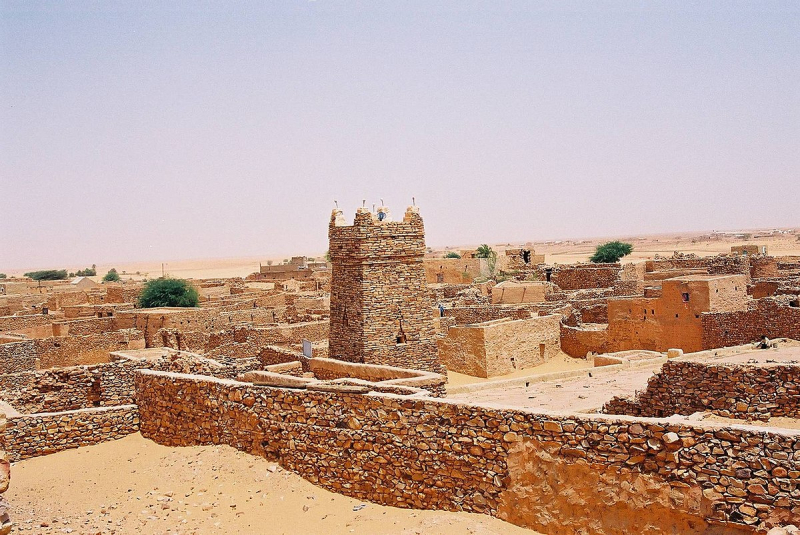
bbc.com 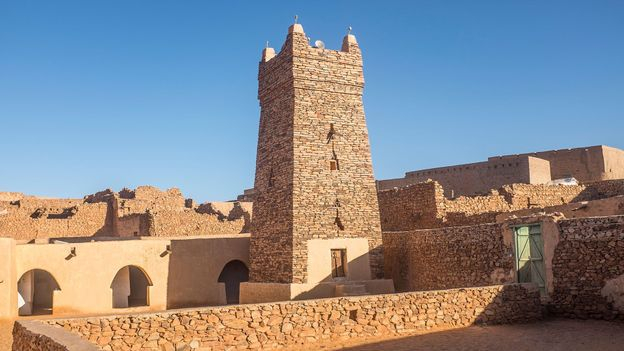
bbc.com -
Nouakchott is a strangely appealing place, a huge, dusty haze of a capital city crammed with tooting traffic and collapsing low-rise dwellings. That could be due to the city's luxurious comfort compared to the sun-baked Berber caravan towns of the great Sahara (where most travelers are either going or have been), but it could also be due to the city's earthy vibes and unpretentious character.
Built for about 15,000 people, the wider metro region currently has a population of nearly two million people! The shanty areas and nomad barrios come alive with activity, and the Nouakchott Fish Market is clearly the place to be. Here, salt-washed pirogues clamber in from the Atlantic Ocean packed with fish and seafood each morning, sellers haggle, and the locals go about their daily business.
It is, nevertheless, a strange metropolis, bustling with activity at all hours of the day. One of the nicest things to do in Mauritania is to experience the clamor and confusion of the marketplaces. Nothing beats the Nouakchott fish market for fresh fish and seafood, which is brimming with newly caught seafood every morning. The city has basic housing and residences to dwell in. The simplest amenities would feel like palace luxury if you stop here after spending time in the harsh Sahara plains.Location: Sahara, Mauritania
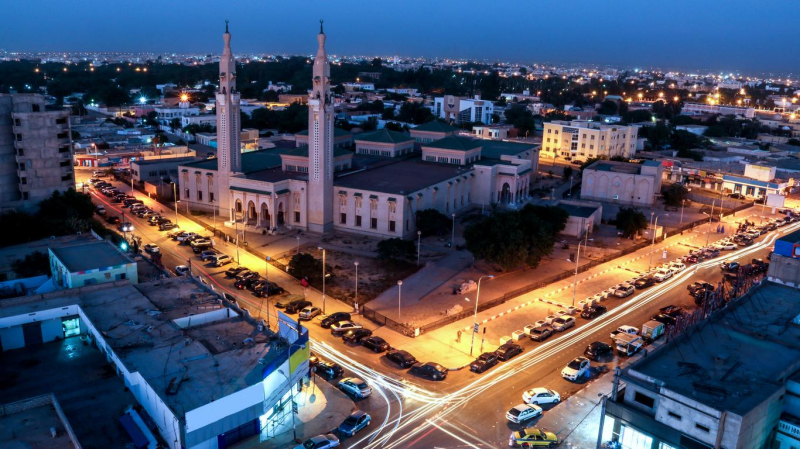
kayak.com 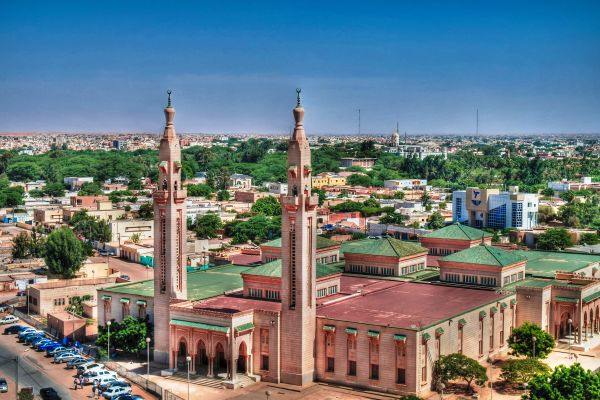
kawa-news.com -
Locals referred to the Terjit Oasis as "heaven in hell." It had been a rest and shelter for caravans and outrageously daring lone wayfarers who decided to go through the huge Sahara Desert for hundreds of years. Weary pilgrims found respite, delight, and relief from the searing heat and hot winds in a little valley that stretched no more than a few hundred meters. Here, visitors could cool themselves in a pond filled with pure, cold water from artesian springs, rehydrate before continuing their trek, and enjoy fresh fruits from the palm grove.
This beautiful small Oasis village attracts visitors searching for a unique experience. Beautiful green palms create a canopy that is dense enough to hide the entire sky. It's a spectacle that stands in stark contrast to the emptiness that pervades the rest of the country. The true splendor of nature is shown at night. Crickets chirp their way through the night, filling the entire environment with an eerie melody, as glowing insects slither out along the river bank. The tranquil setting is soothing, and for a small price, you may stay in the palm grove and soak it all in. There are on-site camping spots below the palm boughs, a petting zoo with camels, and even a history of regal coronations to unravel!
Location: south of Atar
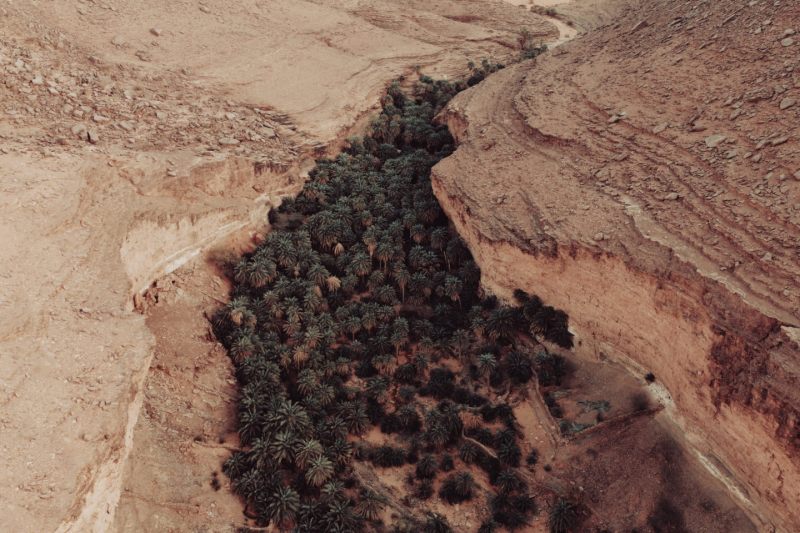
wildmanlife.com 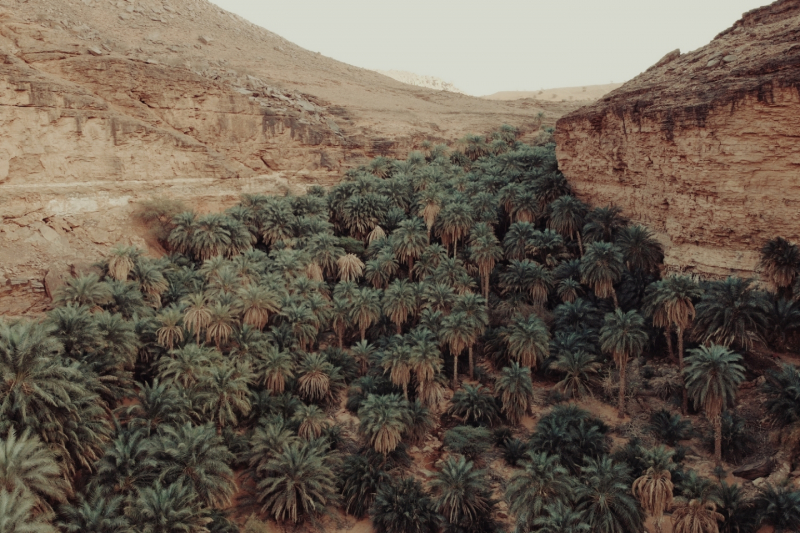
wildmanlife.com -
When you think about Mauritania, you probably think of the desert; nevertheless, the interested traveler will find that there is much more to discover. Banc d'Arguin is a beautiful sanctuary that is also a UNESCO World Heritage Site. It is a big area on the country's northern shore, loaded with stunning and different wildlife, and it is home to a site where one of the largest numbers of migratory birds passes through each year. It's a wonderful site to visit if you want to see and learn about various bird species.
It's a wide mosaic of low sandbanks and rock-speckled beaches that dip into the waters of the Bay of Arguin on Mauritania's far northern outskirts, and it's known for its thriving biodiversity, which is underlined by the enormous number of migrating birds that pass through each year. In the shallows, sandpipers, and flamingos, pelicans and terns can be seen, and the breeding bird population here is said to be the highest in all of West Africa! The traditional Imraguen people live here as well, and can often be seen bobbing on pirogues between the sandy islets and the lapping waves.Location: the west coast of Mauritania
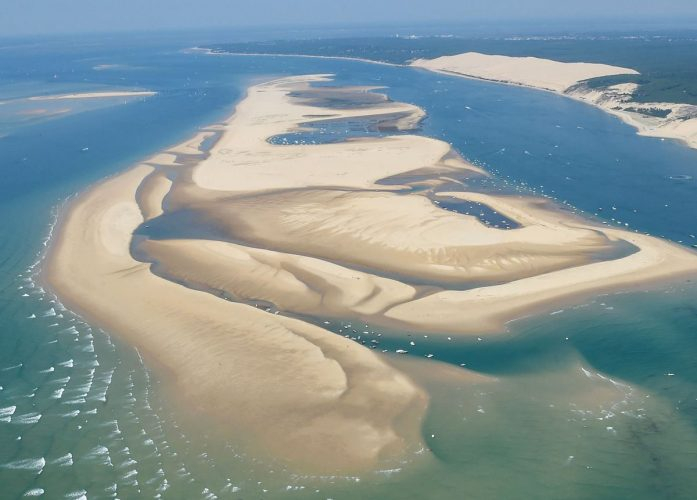
waddensea-worldheritage.org 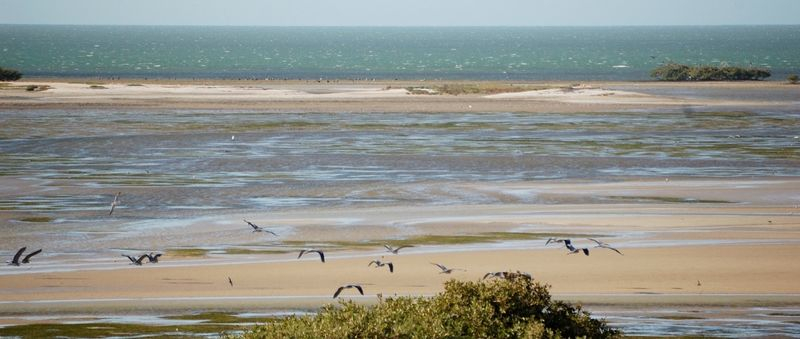
waddensea-worldheritage.org -
The dust-caked town of Ouadâne, located at the end of a long and winding road that runs from Nouakchott, the capital, deep into the heart of the Mauritanian Sahara, is a spooky, intriguing site that does a good job of showing the hard realities of living in this arid, arid region. It is a village of haunting beauty and history that can be read on the surfaces of its abandoned houses, located deep in the Mauritanian Sahara. Although it is sparsely populated, visiting the town's meandering streets and alleyways will provide you with a glimpse of life in the arid and harsh desert environment.
With its collection of adobe stone barrios flowing down the rugged escarpments and into a center of twisting roads and alleys inhabited by the occasional, lonely Berber nomad and their assortment of mismatched crafts and wares, it crumbles and cracks under the blazing desert heat. Despite the fact that it is still officially inhabited, the majority of the people have packed their belongings and moved on to more welcoming climbs. And it's simple to see why when the dust winds blow and the midday heat reaches its peak!
Location: Mauritanie
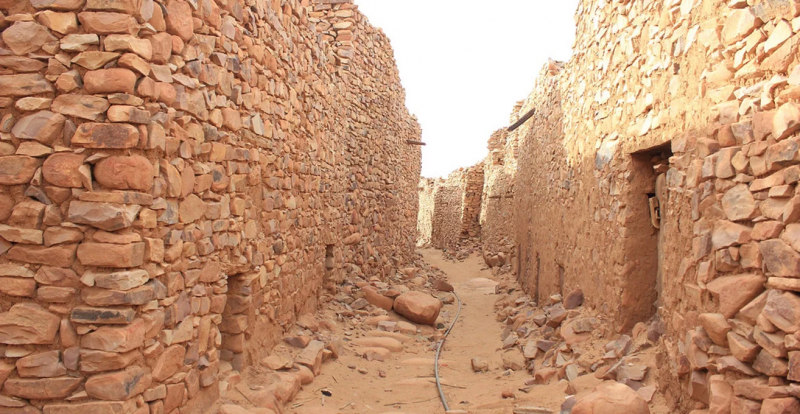
wikiloc.com 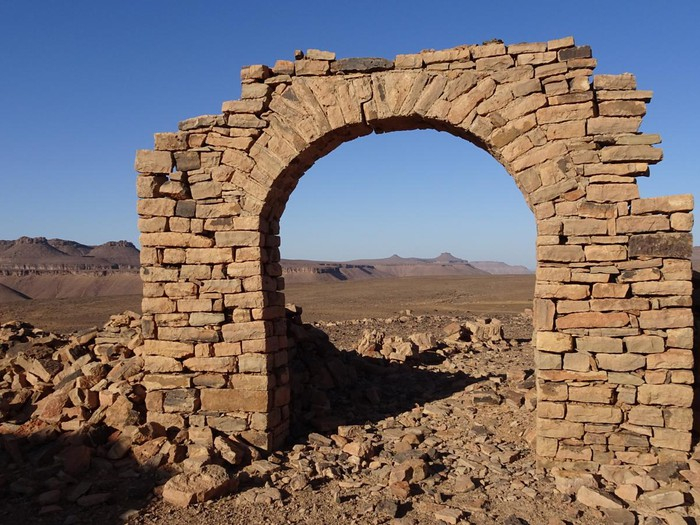
picuki.com -
The half abandoned village of Tichit is a delight to visit for architecture fans. The historic buildings' vernacular designs are fascinating to see, and many of them are still surviving in good condition. Colored quarry stones are unique to this town and add a dash of color to an otherwise monochrome atmosphere. The Tichit minaret is the tallest in the area, and the entire town is lovely to walk about in.
The half abandoned village of Tichit is a delight to visit for architecture fans. The historic buildings' vernacular designs are fascinating to see, and many of them are still surviving in good condition. Colored quarry stones are unique to this town and add a dash of color to an otherwise monochrome atmosphere. The Tichit minaret is the tallest in the area, and the entire town is lovely to walk about in.
Location: Tagant
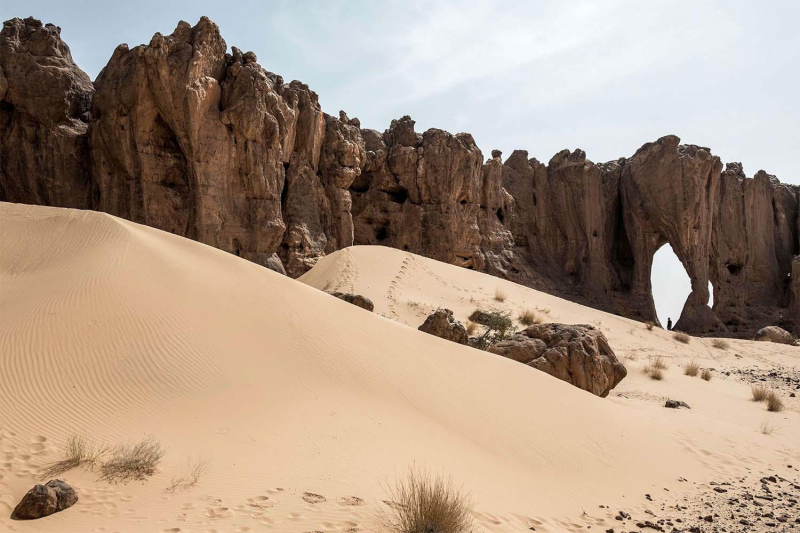
middle-east-online.com 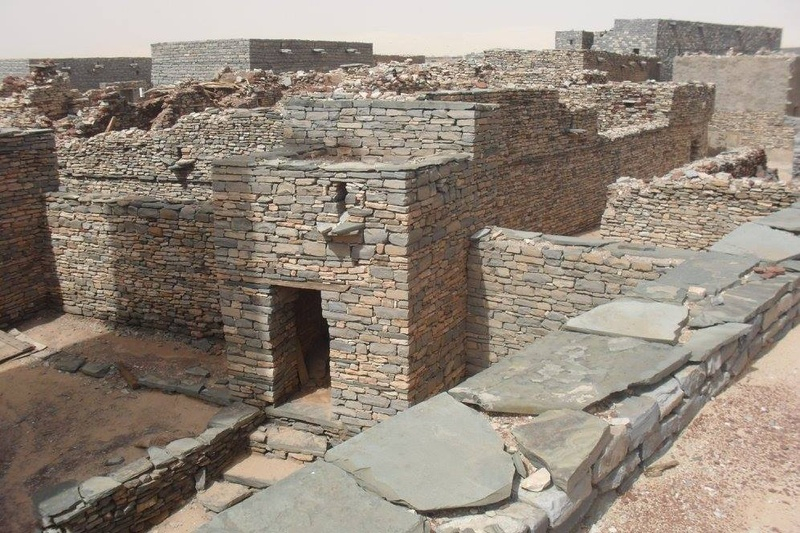
tripbucket.com -
The Iron Ore Train will be a once-in-a-lifetime opportunity to get a flavor of the desert landscape like no other. Because Mauritania's highways are frequently just sandy, meandering paths, public transportation is scarce. That is, aside from the Iron Ore Train's magnificent presence. This massive 3km train runs every day between Nouadhibou and Choum. There are approximately twenty dusty, rattling automobiles and carriages.
Taking the train necessitates some planning. Bring at least 3 liters of water for each participant, as well as easy-to-eat snacks. Evenings and nights can be quite chilly compared to the daytime, so a few layers of clothes are recommended. Goggles to protect your eyes are also recommended because sand and dust will be inescapable as the train plows through the harsh desert terrain for a 13-hour voyage.Location: Sahara
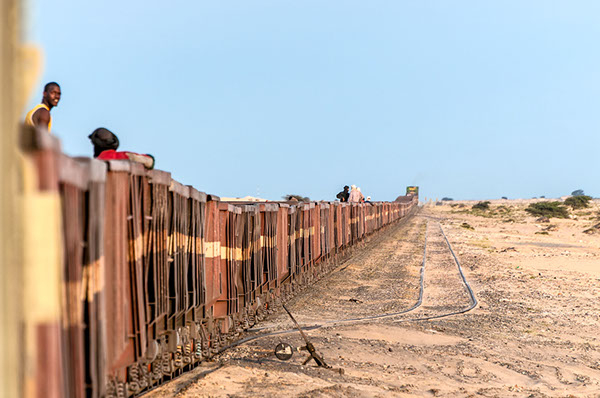
behance.net 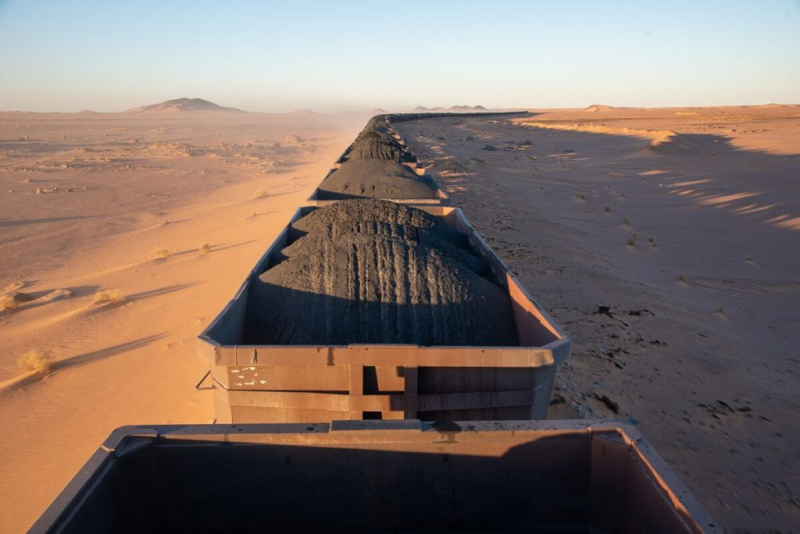
againstthecompass.com









